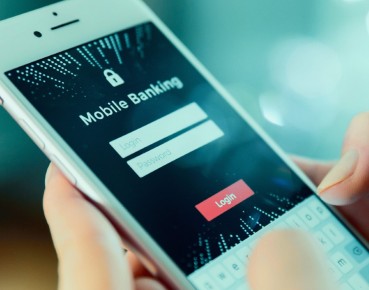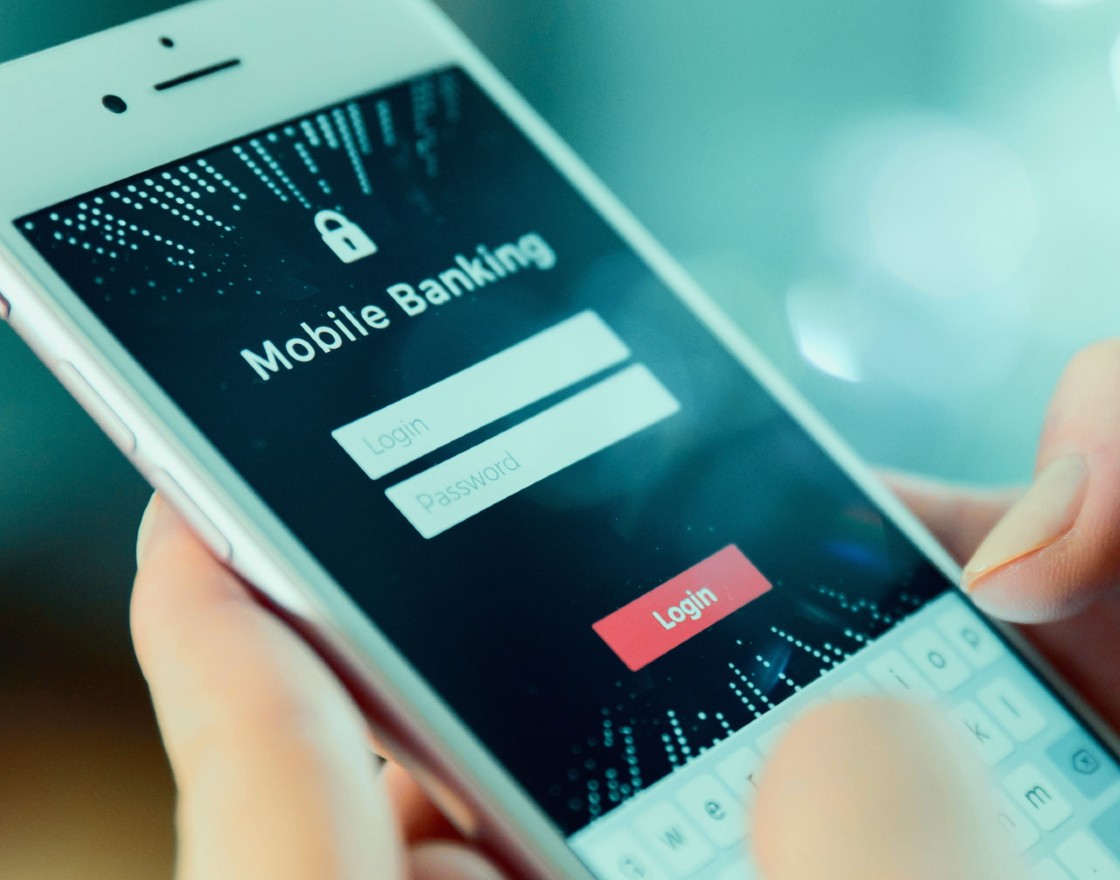
(pxfuel, Public domain)
Millions in the banks’ network
At the end of 2019, more than 10 million people used mobile apps, a 28 per cent increase compared to the previous year. It is also worth noting another phenomenon, namely the emergence of the “mobile only” segment, i.e. people who use banking services exclusively using a smartphone and don’t log on to their account using a computer. As reported by the Polish website prnews.pl, mobile-only customers already make up more than half of users of bank mobile applications.
In nominal terms, PKO Bank Polski (the biggest Polish bank) has the largest number of active users – 2.3 million of those who use the application at least once a month. However, taking into account the total number of clients, the leaders in mobile banking include mBank and ING Bank Śląski, where nearly every second retail client uses the application.
They use it when they want
According to the survey conducted by the PUEB Chair of Market Research and Services in December 2019 on a sample of 870 users of mobile applications of generations Z (born in the late 1990s and early 2000s) and Y (Millennials, born between 1981 and 1996), it appears that they are mainly encouraged to use the application due to the possibility of 24-hour access to banking services (80 per cent of replies) and time savings (every second reply).
Therefore, bank customers mostly appreciate the feeling of independence as far as time is concerned, which is ensured by having a mobile application. The importance of this criterion is further emphasised by the fact that only one out of three users of banking applications indicate the possibility of accessing funds and banking services anywhere as an important condition for its use. Another motive for installing applications is their quality, manifested in the ease and convenience of use (63 per cent of indications).
It is the simplicity and intuitiveness of use that makes banking apps a universal and widely available solution, independent of the account balance, income, family situation, i.e. features that affect the conditions of availability and use of numerous banking services.
Financial motives less important
Financial motives are mentioned much less frequently among the main reasons for using the bank’s mobile application. Above all, users appreciate the possibility of easier control of their finance (39 per cent of respondents). And the possibility to use the application free of charge is less important for them (16 per cent). The low weight of this criterion should not be surprising, since the use of banking applications does not require additional costs, like most applications that facilitate the purchase of products and services.
Even less frequently people who have installed the application indicate the availability of all the banking services they need as the main reason for having the app (10 per cent). Therefore, when deciding to install applications, users are rarely driven by motives that depend exclusively on the bank, over which they have no influence.
Key functionality
The hierarchy of criteria for the use of mobile applications is generally very similar in different user groups; however, there are also some significant differences, verified statistically by means of the Kruskal-Wallis test.
For example, generation Z users more often than generation Y users indicate the ease and convenience of using the application. This shows that the technical side of the app’s operation is the subject of a particularly thorough assessment by young users, who use many other apps on a daily basis.
As one can expect, they will show the greatest interest in unique solutions offered by the applications. In this field one can also indicate the highest number of differences between applications of individual banks.
For example, for car drivers, some applications offer the option of paying Autopay on motorways or for a parking space, while public transport users like the option of purchasing a ticket. Game fans, on the other hand, can take advantage of the multimedia top-up and for those who prefer oral communication, voice support with Google Assistant can be an interesting solution.
For the generation Z the most important is the simplicity and convenience of banking apps, which is confirmed by the data concerning the choice of the method of logging into their personal account.
Although, regardless of the generation, the PIN code remains the most popular solution, logging in with a fingerprint is clearly the domain of the youngest bank customers. Nearly 40 per cent of generation Z banking application users log in to their accounts in this way, 32 per cent of Millennials below 30, and only 21 per cent of Millennials over 30.
Who checks the account?
The analysis of differences in the motives for using banking mobile applications shows that the importance of the lack of time limits in accessing the bank account clearly increases with income, which shows how important a tool it is for people who use transfers and payments.
On the other hand, the lower the income, the more important it is to be able to check the balance of the account through the application. Of course, this criterion is particularly important for people from generation Z who, due to their limited financial independence, have to monitor their bank accounts more closely.
The slightly different importance that people of a different age and income attach to the criterion of better control of finances and the possibility to access funds at any time through a banking application, is confirmed by the frequency of use of particular banking services.
The account balance is checked 6-10 times a month by 22 per cent of generation Z and only 15 per cent by the generation Y (people aged over 30). On the other hand, just over 40 per cent of generation Z users declare making over 5 transfers per month using the banking application compared to 55 per cent of Millennials over 30.
There are even greater differences with regard to the number of transfers made in the case of application users’ income. More than 60 per cent of people whose monthly net income exceeds PLN5,000 (approx. EUR1,130) declared making at least five transfers per month using the bank application, while less than 40 per cent of people who are financially dependent on their parents or guardians did so. Despite these differences, it is possible to talk about the active use of mobile applications, which is the best confirmation of the high acceptance of this distribution channel of banking services.


